StreetEasy | October 6, 2022
Rent growth outpaced wage growth by 23% in NYC in August after adjusting for inflation – the widest gap since the 2008 financial crisis (aside from another sizable gap in 2020 which was caused by a temporary but unprecedented disruption in real estate activity due to the COVID-19 pandemic). Real wages in NYC were down 9.1% year-over-year in August, while rents were up 13.4% year-over-year, based on the StreetEasy Rental Index and adjusted for inflation.
Many New Yorkers have had to stretch their budget to afford rent unless they make other compromises such as adding roommates or looking to more affordable neighborhoods, as StreetEasy’s rental search data suggests. It is generally recommended that renters keep rental expenses below 30% of their income to avoid being “rent-burdened.” The 2021 NYC Housing and Vacancy Survey (HVS) indicates half of renters in the city are spending above this threshold, and therefore considered rent-burdened.
For those earning lower wages, affording NYC rents became much harder this year. Just under half (48.2%) of NYC’s four-million-person workforce earned enough in typical annual wages to afford just 10% of the rental inventory available this summer, unless they spent more than half of their income on rent. As StreetEasy’s analysis of New York State Department of Labor data shows, many of these people provided essential services to the city throughout the pandemic such as healthcare, food preparation, and transportation.
A silver lining for renters is that the NYC rental market is rebalancing, although still highly competitive. Asking rents are still rising, but at a rate that appears to be slowing. Moreover, rental concessions have started to pick up, and the share of listings offering price cuts is rising.
Read the Full Report Here: Gap Between NYC Wage Growth and Rent Growth Widens
